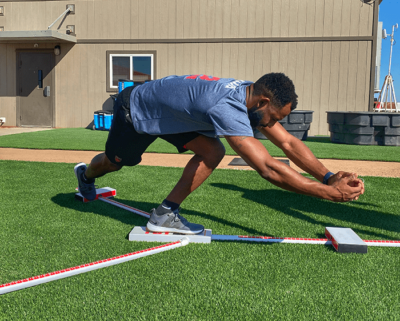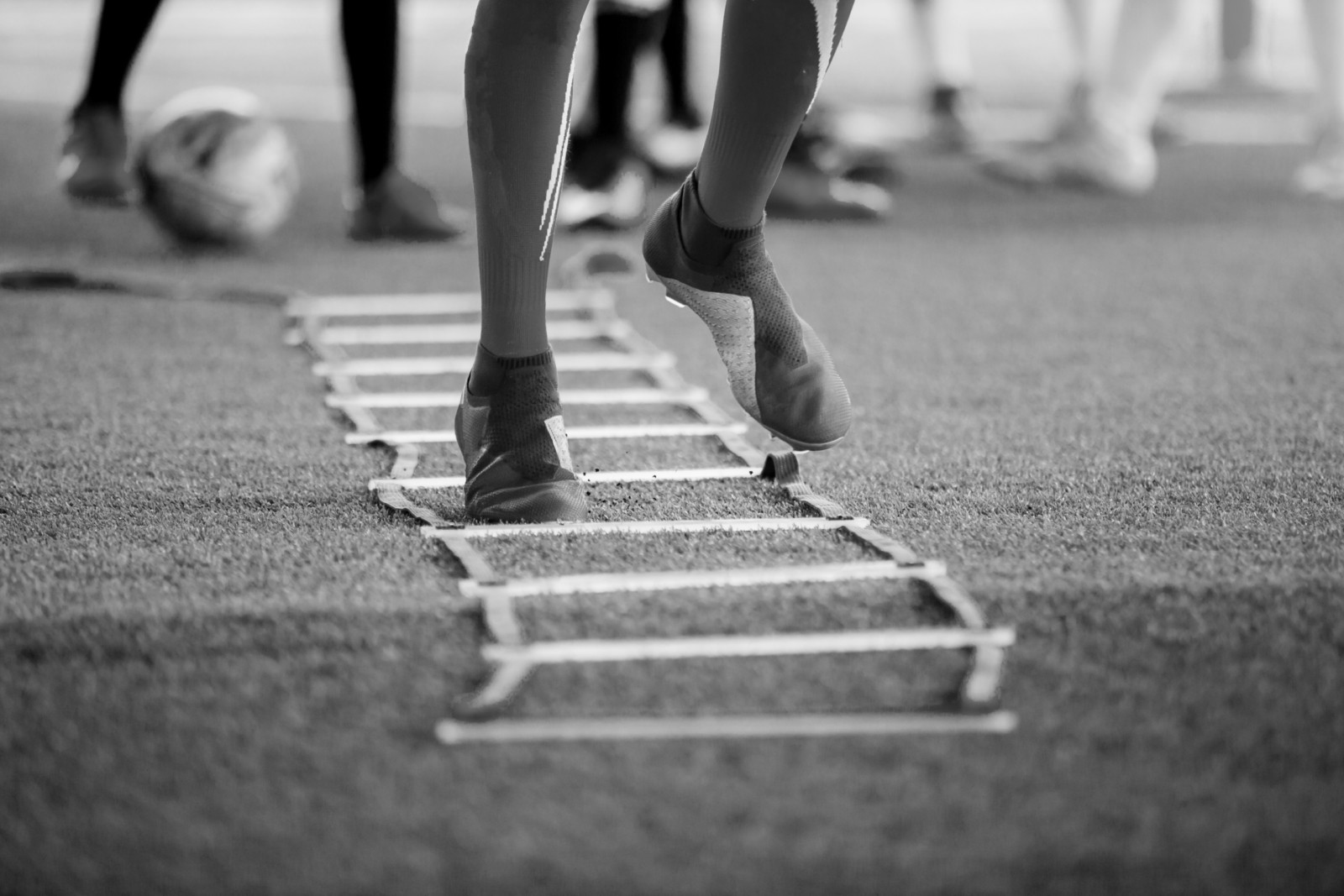Whether you are playing in a soccer match or taking a leisurely stroll around the neighborhood, efficient and functional movement throughout all three planes of motion allows our bodies to move the way they are meant to move.
Kim Wolf King, PT, DPT, is not only a physical therapist at Spooner East Chandler, she is also the wife of Phoenix Rising FC defender, Darnell King. With Darnell entering his 10th year as a professional soccer player, Kim has watched countless soccer matches and has been around the game for years. Analyzing the movement of players on the field has allowed Kim to develop an intimate understanding of what works and what doesn’t work when it comes to functional and efficient movement patterns in the game of soccer.
With the Phoenix Rising FC preseason kickoff underway, we wanted to touch on the importance of functional training and how it can directly impact a players success on the field. Kim gave us some pointers on what to keep in mind when moving in all three planes of motion and why soccer players should focus on functional training all year long.
Three Planes of Motion
Sagittal, frontal, and transverse. It is important to first develop an understanding of the three planes of motion.
The sagittal plane consists of any forward and backward movement. Imagine dividing the body into left and right halves that allow for flexion and extension.
Take that imaginary line and divide the body into front and back halves. The frontal plane includes any side-to-side movements parallel to that line to allow abduction and adduction.
The transverse plane cuts the body into superior and inferior portions (head and tail). Think rotational movements here, internal and external. Any movement parallel to the waistline is movement in the transverse plane.
Set yourself apart by learning functional training in all three planes of motion from “Functional Exercises For The Soccer Athlete” on the Spooner Blog.
Injury Reduction
Kim says, “The first thing I really want to stress is that no muscle works in isolation. There has to be a synergistic and functional movement pattern in everything that we do, especially sport specific movement like in soccer.”
This means that there needs to be proper sequencing for our chain reaction performance. For example, when the foot hits the ground and when our foot strikes the ball, the body has to be able to react from the moment of contact from the ground all the way up the chain. To reduce your chance of injury, it’s really important that athletes are training everything in a functional movement pattern and not just isolating each plane by itself.

Kim also mentions that when it comes to injury reduction, it is critically important to be doing everything bilaterally. Because players often favor kicking with their dominant leg, there’s a natural imbalance that occurs between the left and right side of the body. Being conscious of this and training the body equally will go a long way in reducing injury and maximizing performance. Success on the field starts with proper training in practice!
Training For That Next Match
It’s extremely important that athletes are training in all three planes of motion because that is what the body demands in a game situation. If a soccer player isn’t incorporating functional training, they will not be prepared for all of the movement patterns their body is about to endure when it comes time for the game.
“A lot of people tend to train in just the sagittal plane, that flexion and extension pattern. It’s crucial that we train in our transverse plane and get everything going that way. The majority of our muscles run on an angle in terms of how the fibers are aligned,” says Kim.
She further explains that, “Training in the transverse plane will help with our three-dimensional range of motion as well, especially with the transverse plane being our most powerful in terms of muscle development and motion gains. Everything a soccer player does, whether it is a quick turn towards goal or going in for a kick, is going to cross the transverse plane.” Training the body in all three planes of motion will increase an athlete’s agility and ability to change directions quickly, without over stressing one area of the body more than the other.
Functional training in all three planes of motion and not training muscles in isolation are the key factors that set players apart when it comes time for that next match, while avoiding injury along the way.
Do you have questions for Kim? Are you interested in working with Kim at our East Chandler clinic? Schedule an appointment here!
References
Edwards, Makeba.“The Planes of Motion Explained.” Planes of Motion Explained | ACE Blog, www.acefitness.org/fitness-certifications/ace-answers/exam-preparation-blog/2863/the-planes-of-motion-explained/.

